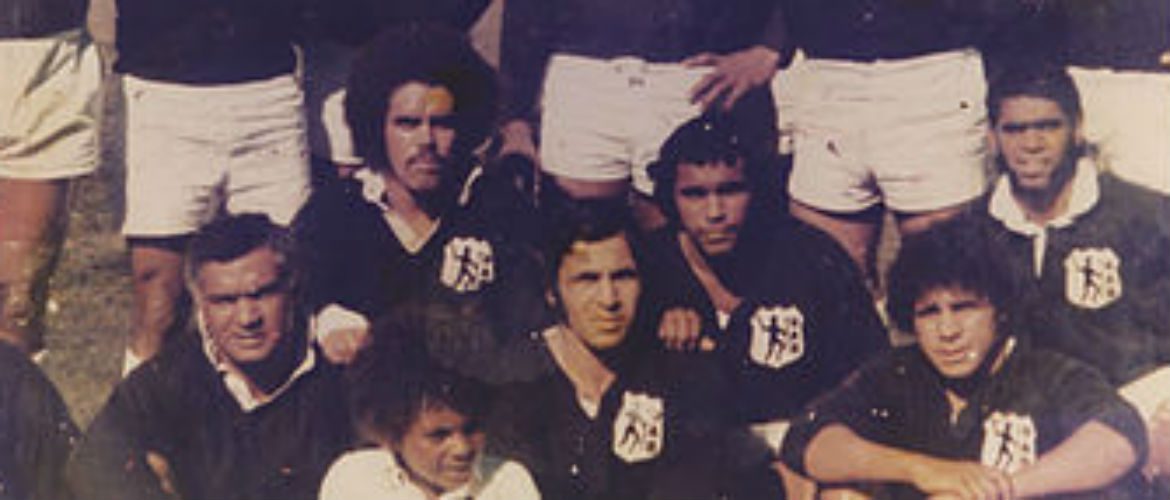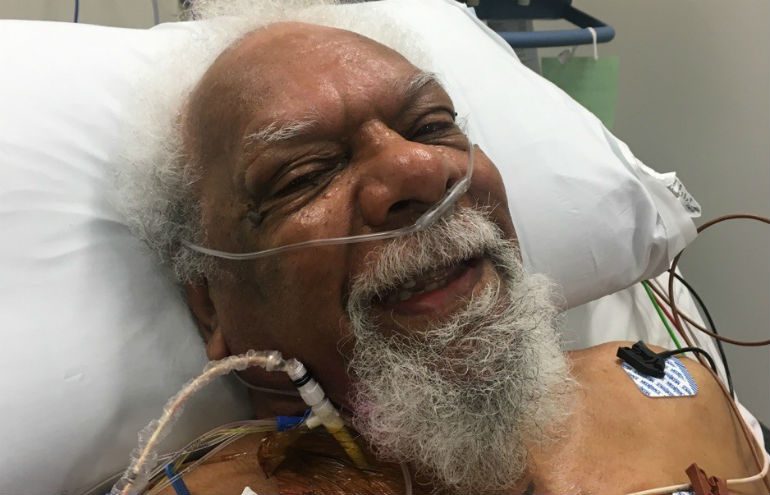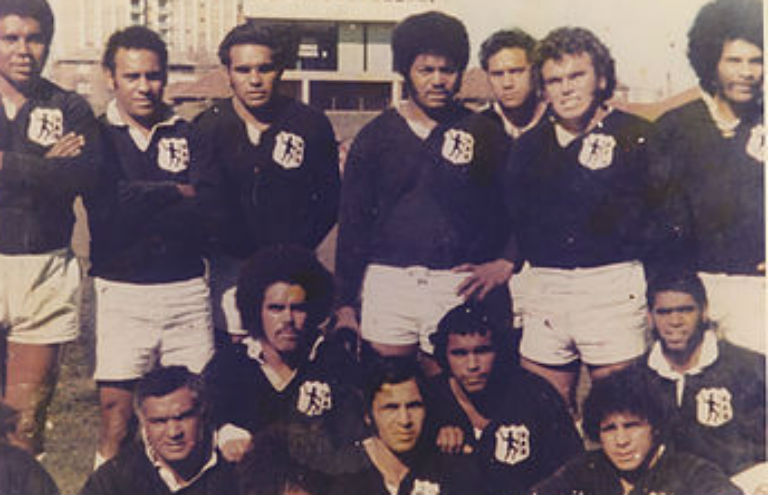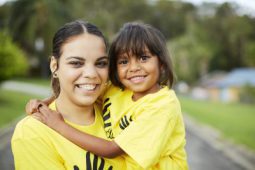
This story first appeared in the New South Wales Aboriginal Land Council publication, OurMob.
Land Rights legend Sol Bellear considers himself one of the lucky ones. A decision he made some nine months ago to lead a healthier lifestyle not only saved his life but made him more determined to lead the campaign for men’s health.
A few months before he was to die from a massive heart attack, Sol decided to change his life.
While driving back together from a New South Wales Aboriginal Land Council (NSWALC) meeting in West Wyalong, Sol’s colleague, Acting CEO, Cal Davis told him about a Mediterranean-style diet he had started to control his diabetes.
The diet immediately brought results. Within eight weeks, Sol had lost seven kilos. But then his weight plateaued. When he started to do some light exercise he found he was short of breath after only a few steps.
Sol’s doctor referred him to cardiologist, Dr Raj Puranik who for seven years has conducted monthly clinics at the Redfern Aboriginal Medical Service.
“After we did an angiogram (or x-ray of the heart), we found that two of his coronary arteries were 100 percent blocked and the other was 90 percent blocked. So he was surviving on just ten percent blood flow.” Dr Puranik said.
A member of the surgical team that operated on Sol later told him that he was just three to four weeks away from a massive heart attack that would most likely have killed him.
Sol was rushed to the Royal Prince Alfred Hospital where surgeons performed an emergency coronary bypass operation. After four hours the operation was a success and Sol woke to see his concerned family huddled around his bed. “You wake up in the Intensive Care Unit and all your family are there. And you look at their faces and see all their grief. You think, so this is what I’ve put them through,” he said.

As the long-term Chair of the Aboriginal Medical Service and a Board member since 1975, Sol didn’t practice what he preached when it came to his own health.
“I’ve been part of campaigns urging Aboriginal men to lead healthy lifestyles and get regular medical checks, but I didn’t follow my own advice.”
Sol was a keen sportsman who played rugby league for the South Sydney Rabbitohs and Redfern All Blacks, but after he retired from football he didn’t maintain regular exercise or watch his diet.
“I was working long hours, drinking too much and eating too many rubbish foods.”
Although he spent a large part of his life at the Aboriginal Medical Service, Sol, like many men, didn’t prioritise a visit to the doctor. “It’s an ego thing. We think we’re bullet proof… it will never happen to me. But it did happen.”
Since his brush with death, Sol has been struck by how many of his friends and colleagues have had heart bypasses. “They say to me: ‘Brother, you’re now a member of the zipper club.’ But this isn’t a club where we want any new members.”
However, while looking at a photo of his Redfern All Blacks team from 1978, Sol knows he’s one of the lucky ones. Of the 20 young men who were part of the team, all but six are now dead, many from heart disease.
“The greatest tragedy is that many of the deaths of these young men were preventable,” Sol says. “The only thing separating me from them is luck.”

Dr Puranik says that Australia will never close the mortality gap between Aboriginal and non-Aboriginal people without action on heart disease. “Heart disease is the number one driving factor behind the gap. It’s the number one killer but 90 percent of cardiac disease is preventable,” he says.
His years at the Redfern AMS have convinced Dr Puranik that getting the model of health care delivery right is crucial to overcoming the problem. “We need to take our clinics to Aboriginal people in their community-controlled medical services and show through images rather than just tell them how their heart muscle is working.”
The secret, he says, is patience and building trust.
“When we first started out at Redfern in June 2009 we had a no show rate of around 90 percent. Now we have seen more than 6,000 patients and the number of people who don’t turn up for appointments is down to 10 percent.”
But Sol says that Aboriginal men can’t just leave it to the doctors to solve the problem. “We now have some of the best doctors in the world at our Medical Services, but only we can change the way that we live by having regular check-ups and a healthier lifestyle,” he says.
Sol says that when you hit 40, you need to start getting regular check-ups – even if you play regular sport and feel fit and healthy.
“By the time you move through your 50s and 60s you should have a clear idea of your blood pressure, blood sugar and cholesterol levels. You don’t want to leave it as long as I did – where you’re playing Russian roulette with your heart.”
Sol urges Aboriginal men to adopt a healthier lifestyle by not smoking, cutting down on alcohol and keeping weight down through healthy foods and regular exercise.
Dr Puranik says that there are some clear warning signs that indicate you should seek urgent medical attention. These include pain to the left side of the central chest, neck or arm pain – particularly related to exercise, dizzy spells or blackouts, chest pain that wakes you up from sleep as well as breathlessness or palpitations.
Incredibly, given how close he came to death, just one month after surgery Sol’s normal heart function had been fully restored.
A veteran of the Aboriginal Land Rights movement and a pioneer of Aboriginal media, sports legal and health services, Sol says that nothing now matters as much to him as overcoming heart disease amongst Aboriginal men.
“If there’s one legacy I leave, I want it to be that Aboriginal men more regularly present for check-ups.”
“We need to take responsibility. We owe this to our families and our communities. We don’t need to keep dying too early from preventable heart disease.”

Demand Indigenous health equality
Equal access to healthcare is a basic human right, and in Australia, we expect it. On Thursday 16 March, join us for National Close the Gap Day, to demand health equality for all Australians.